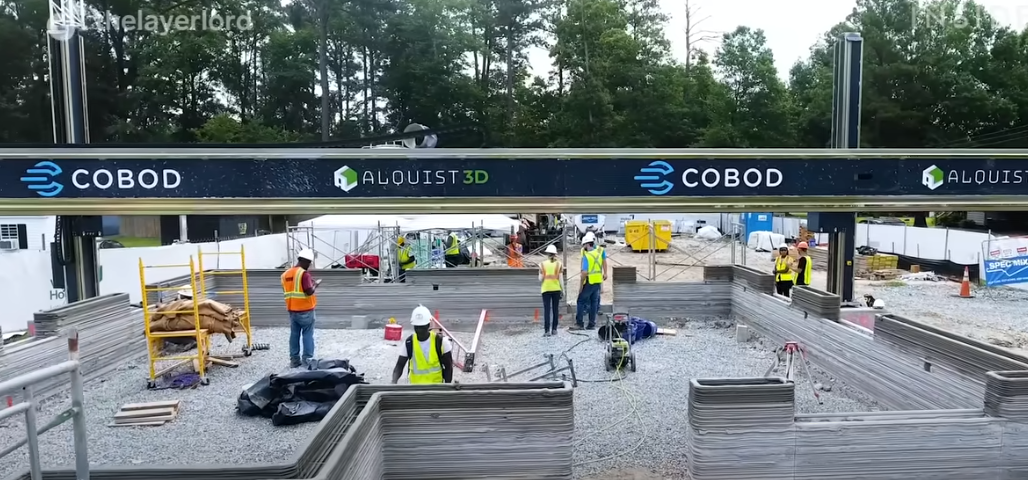3D printed houses are homes that are constructed using 3D printing technology. This emerging technology involves using large-scale 3D printers to create entire building components, such as walls or roofs, layer by layer. The printing material is typically a type of concrete or other building material that is extruded through the printer nozzle to create the desired shape.
The use of 3D printing in construction has several potential advantages, including reduced labor costs, faster construction times, and the ability to create complex shapes and designs that would be difficult or impossible to achieve using traditional construction methods. In addition, 3D printing can reduce waste and environmental impact by using only the amount of material needed to create the structure.
There are already several companies around the world that are using 3D printing technology to construct houses and other buildings. These companies have developed large-scale printers and software tools that can create custom designs and structures, and they are working with architects and builders to incorporate 3D printing into traditional construction processes.
While 3D printed houses are still a relatively new technology, they have the potential to revolutionize the construction industry and provide affordable, sustainable housing solutions in many parts of the world. However, there are still many technical and regulatory challenges to overcome before 3D printed houses become widely adopted.
By Amber Witherspoon


